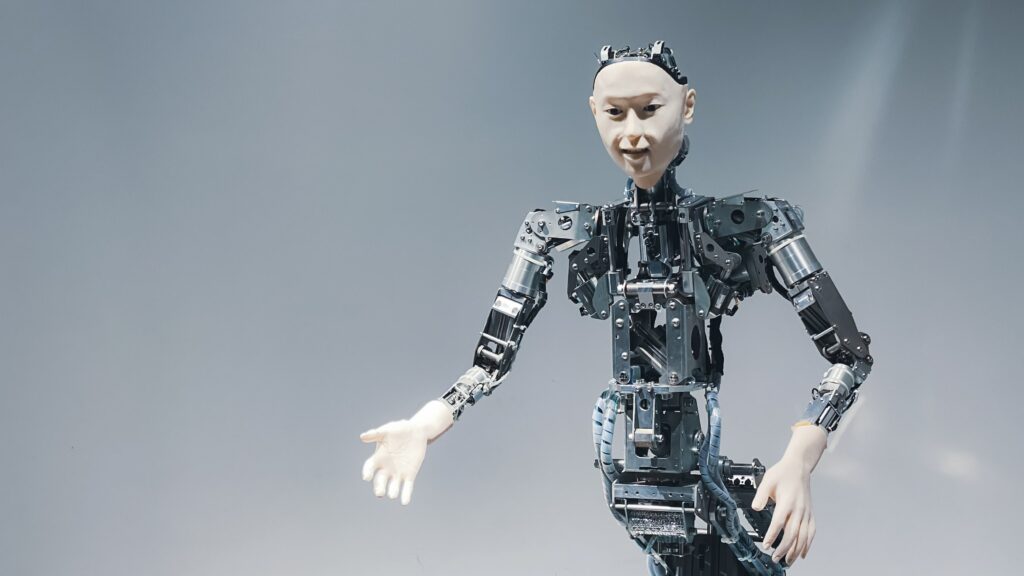Have ever wondered why computer animation studios like Pixar stick to cartoonish representations of people and animals when it comes to the characters that appear in their films? It’s no question that the studios are able to make more realistic graphics than those that appear in movies like The Incredibles and Up, but why do they hold back? The answer could be explained by the next subject of my free-inquiry project: The Uncanny Valley. This phenomenon, which was discovered by Japansese roboticist Masahiro Mori in 1970, identifies and explains the psychological reaction that occurs when we see certain artificial humanoid figures (like robots, computer-generated characters, and dolls) that approach appearing totally realistic, but fall just short of the mark.

The uncanny valley phenomenon suggests that we as humans can have a more familiar and pleasant experience with an artificial figure if it appears and behaves like a human – but only to a point. As the graph below demonstrates, familiarity with an artifical object increases as the human likeness approaches the 50%-60% area. But as the human likeness increases beyond 75%, we see a sharp decrease in familiarity. Mori underlines the element of movement which, when added to the equasion, has a great effect on familiarity. As we can see on the graph, the presence of movement in a figure, depicted by the dotted line, steepens the slope of familiarity. Movement can help a figure that is less realistic increase familiarity but, as Mori explains: “when a prosthetic hand that is near the bottom of the uncanny valley starts to move, our sensation of eeriness intensifies”.

Although it still remains a mystery why we have this inherent reaction to figures that fall in the uncanny valley, Mori argues that it is because a living and healthy human being is the most familiar entity to us, whereas a corpse – especially one that is moving – is the least familiar. Because of this, our intrinsic reaction to death is evoked when we see a humanoid figure that falls below baseline familiarity (within the uncanny valley). Mori states that “the sense of eeriness is probably a form of instinct that protects us from proximal, rather than distal, sources of danger… including corpses, members of different species, and other entities we can closely approach.”
Source:
Mori, M., MacDorman, K. F., & Kageki, N. (2012). The Uncanny Valley [From the Field]. IEEE Robotics & Automation Magazine, 19(2), 98–100.
